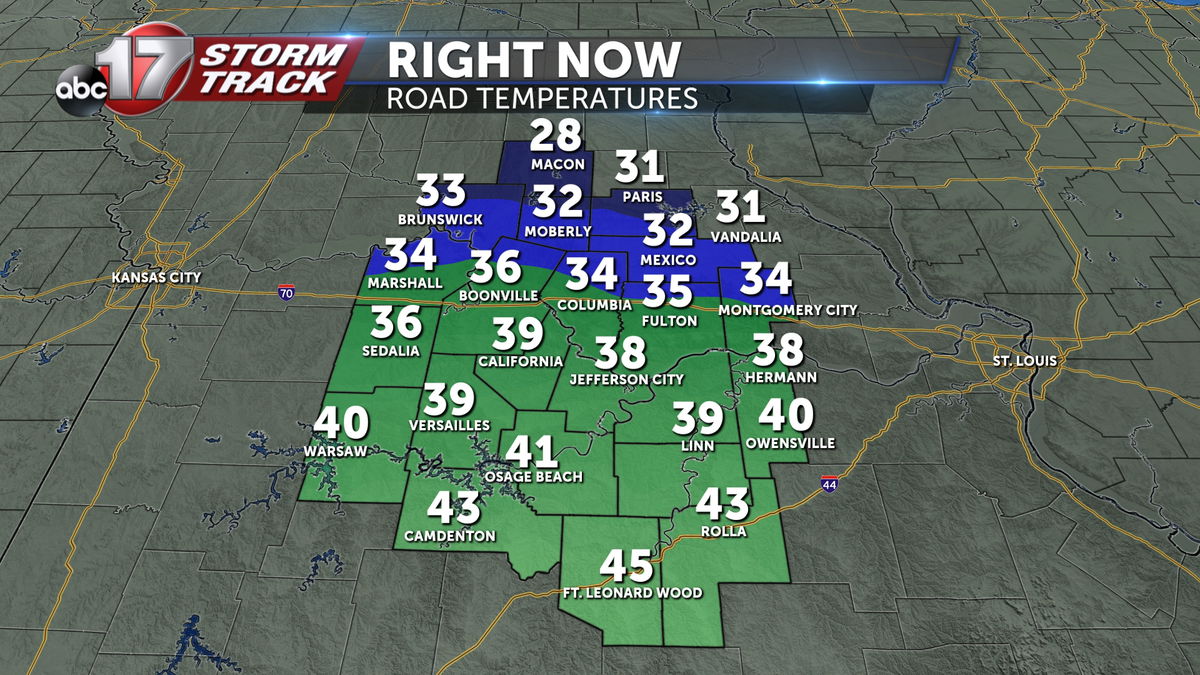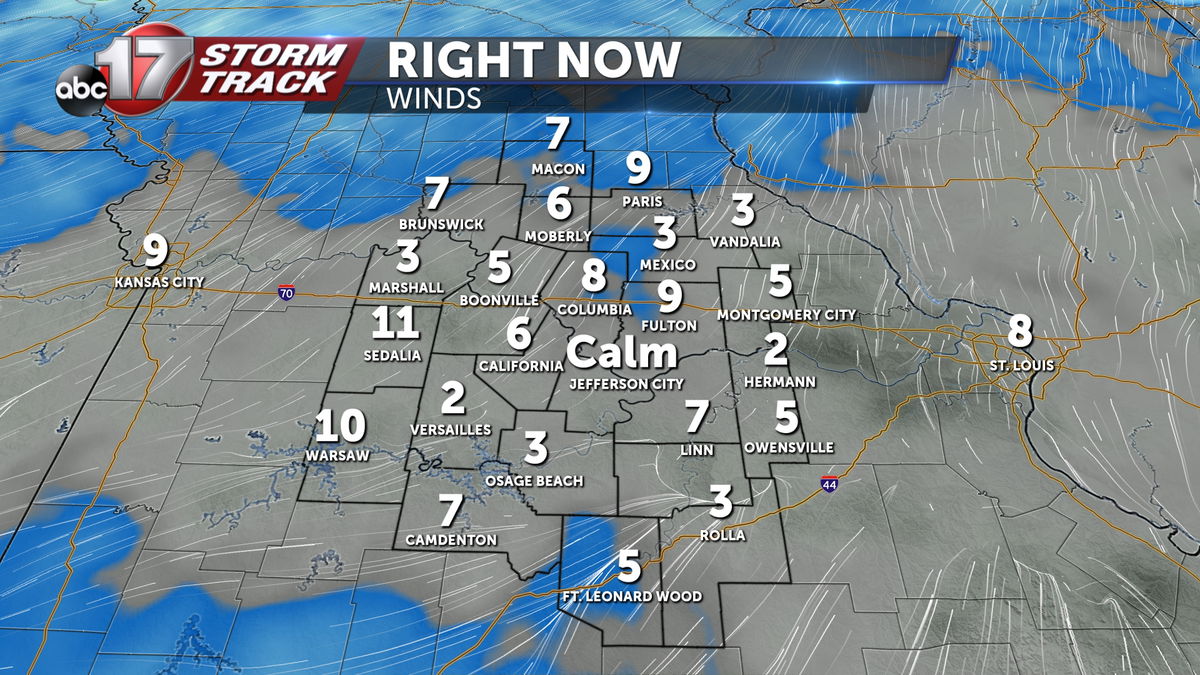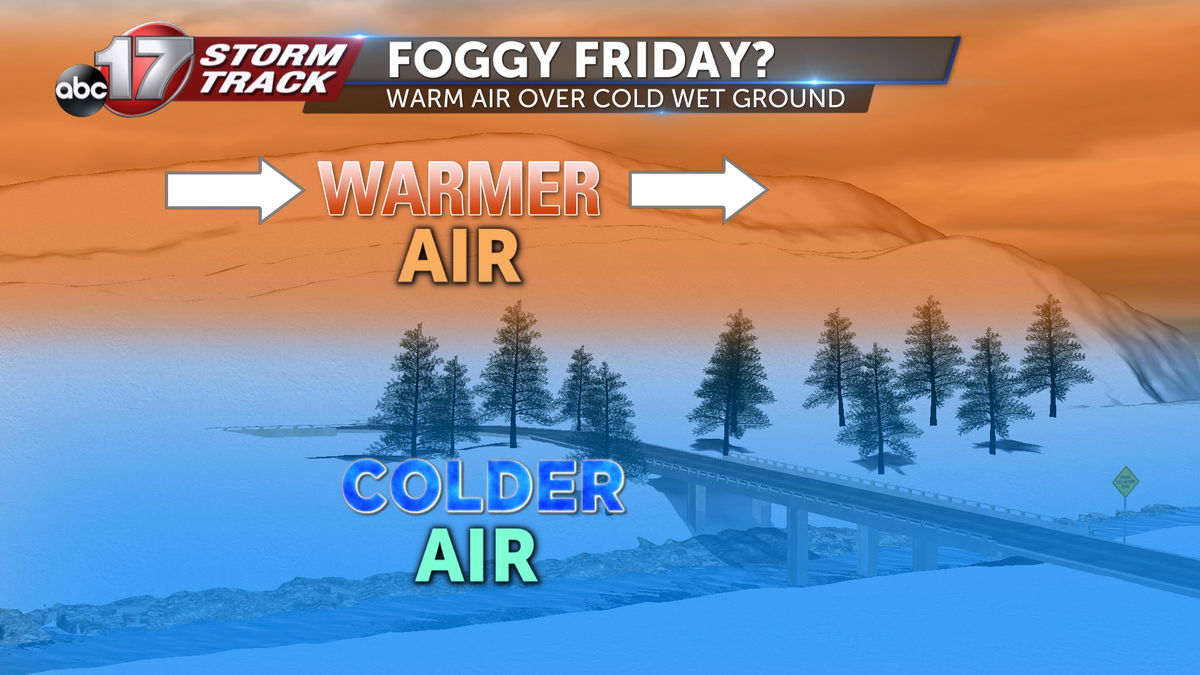How advection fog occurs
The long cold spell we have seen over Mid-Missouri comes to and end the next couple of days as highs rise into the 40s and 50s across the region. With these warmer temperatures incoming, some snow melt is expected, but not all of the snow will melt completely. This will lead to the possibility of fog Thursday night forming. This fog is known as advection fog.

Road and ground temperatures have been cooler as lows have remained well below freezing the last couple of weeks. Snow has blanketed the region also helping keeping the ground cooler.

Winds have switched out of the southwest with much of the originating air mass at the lower levels drawing from Texas and Oklahoma. This will be the conditions also looking into Thursday night bringing warmer air over a colder surface.

This colder air will look to cool the surpassing warm and more moist air overhead. This will then cause the more moist and warm air to cool and condense forming fog and reducing visibility.
Advection fog is different than that of radiative fog because radiative fog requires clear night skies to allow for the heat from the surface to radiate back into space. Radiative fog also requires little to no winds, otherwise the surface and lower level atmospheric temperatures will mix not allowing for the fog to create due to the lack of condensations forming. Advection fog can form with slightly stronger winds and cloudy nights because of the sharp gradient between the snow pack and incoming warmer air.
Due to the conditions Thursday night, this will be the best time frame to see lower level advection fog form depending on how much of the snow cover exits after Thursday afternoons melting.
